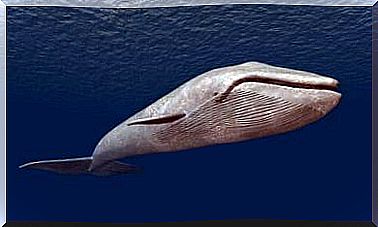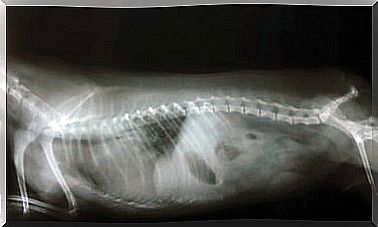Wildlife Species That Inhabit Radioactive Areas
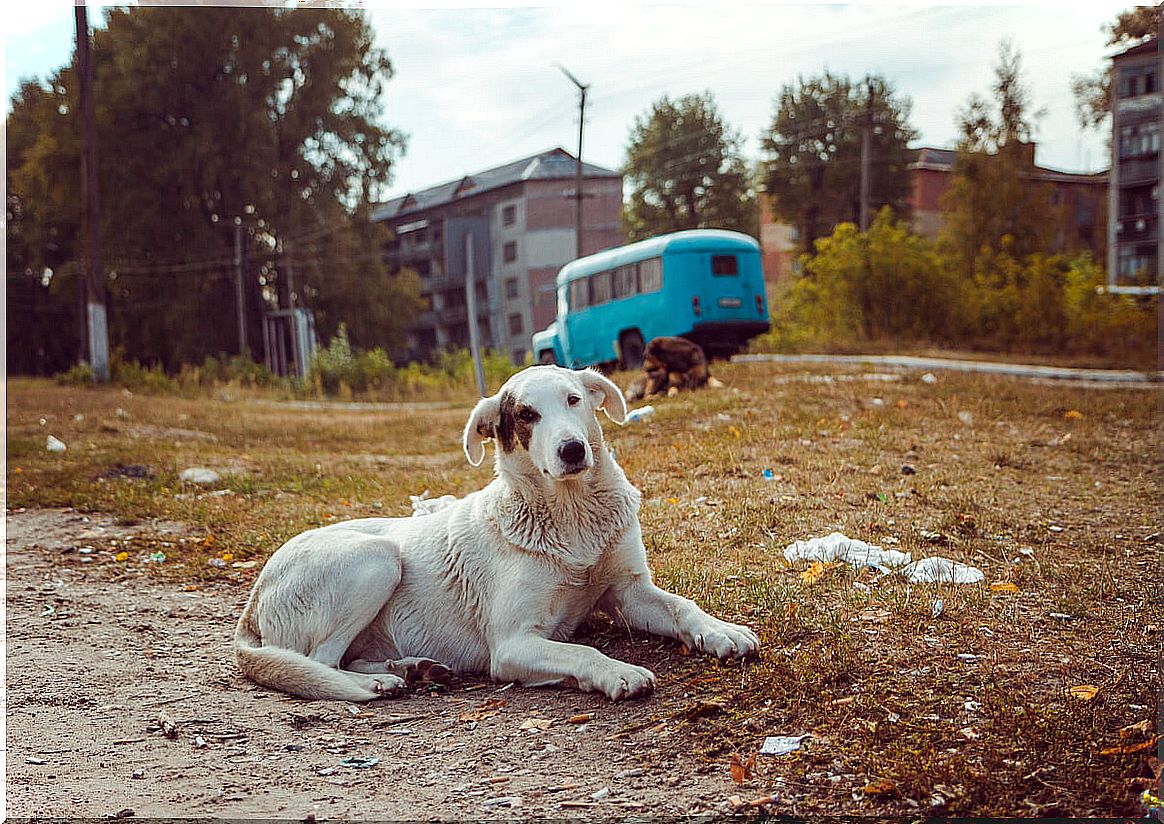
A recent study has documented the variety of wildlife species that have repopulated the uninhabitable zone or “evacuation zone” of Fukushima, Japan, despite the presence of radioactive contamination.
As surprising as it may seem, disaster can lead to life after a considerable period of time. If you want to know more about the subject, we encourage you to continue reading.
An interesting study
The study collected photographic data from three study areas, in which they located 106 cameras:
- Areas of high contamination, without the presence of humans.
- Intermediate level contamination zones, restricted to humans.
- Areas inhabited by humans.
In these inhabited areas, people have been allowed to stay because of very low levels of radiation in the environment.
Thus, this first report shows that numerous species of wildlife have increased in abundance after the evacuation of people.

Radioactivity is not the factor that affects the most
In comparison, the radiation levels and geography of the region showed little influence on the distribution and abundance of wildlife species in the Fukushima region.
Based on these analyzes, the results of the report show that the level of human activity, the elevation of the terrain and the type of habitat were the main factors that influenced the abundance of the evaluated species.
Surprisingly, the researchers were able to identify 20 species in the uninhabitable zone, including the following animals:
- Boars.
- The Japanese hare ( Lepus brachyurus ).
- Macaques ( Macaca fuscata ).
- Pheasants ( Phasianus versicolor ).
- Foxes ( Vulpes vulpes )
- The dog raccoon ( Nyctereutes procyonoides ), which is related to the fox.
Today we will see some of these species of mammals that have managed to effectively colonize the disaster area.
Wild boar: the most abundant wild species in Fukushima
Wild boar was up to four times more abundant in the Fukushima exclusion zone compared to the human-controlled area. Globally, overhunting, agricultural exploitation and habitat destruction have fragmented the range of wild boar.
There are reports that document that changes in the use of the territory have allowed its expansion during the last century and the recolonization of large areas of Europe, such as Finland, Sweden and England.
Apparently, inhabiting a human-free zone has allowed the recovery of strains of wild boar almost exterminated in Fukushima.
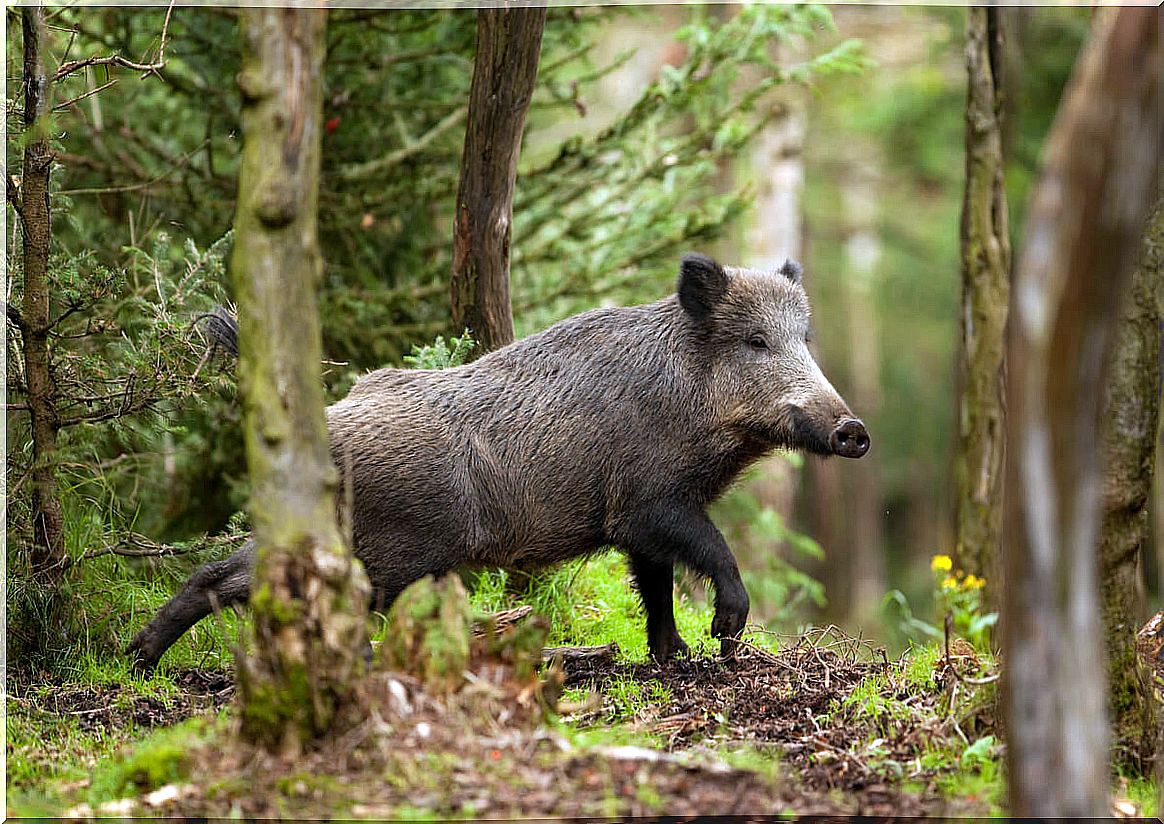
Japanese hare
Although the Hare ( Lepus brachyurus ) population appears to be stable in Japan, they are threatened by the creation of urban and industrial areas, water management systems (such as dams), hunting, trapping, disease, and invasive and non-native species.
In some places it has become an annoying animal. In fact, it is hunted in certain regions for food, skins, and to help curb their increasing numbers. However, the population of this hare has increased in abundance in the uninhabitable area under study.
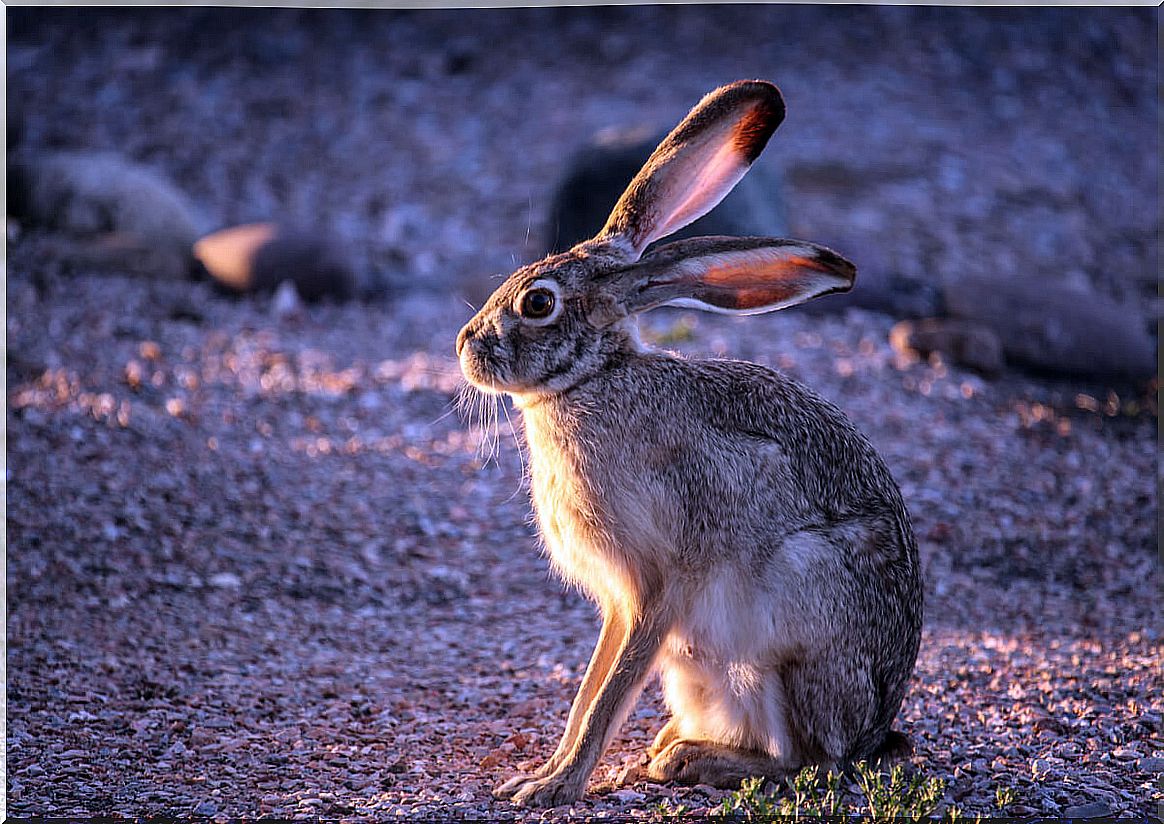
Serow
The Japanese serow or thick-skinned deer ( Capricornis crispus ) is an antelope, the only wild bovine ruminant in Japan. They tend to populate dense forests, mainly in the north and center of Honshu. The animal is seen as a national symbol.
Japanese adults weigh between 30–45 kilograms. The coat is very dense, especially the tail. In the mid-20th century, the Japanese serow was hunted to near extinction. In recent times, it has been killed as a pest outside of conservation areas.
In the uninhabited region or evacuation zone of Fukushima, the serow represented the only exception. Normally, this species does not like to be around humans, but on camera, serows kept appearing in areas settled by people.
The authors think that this is probably due to the fact that the proliferation of wild boars exerts sufficient competition to keep the serow out.
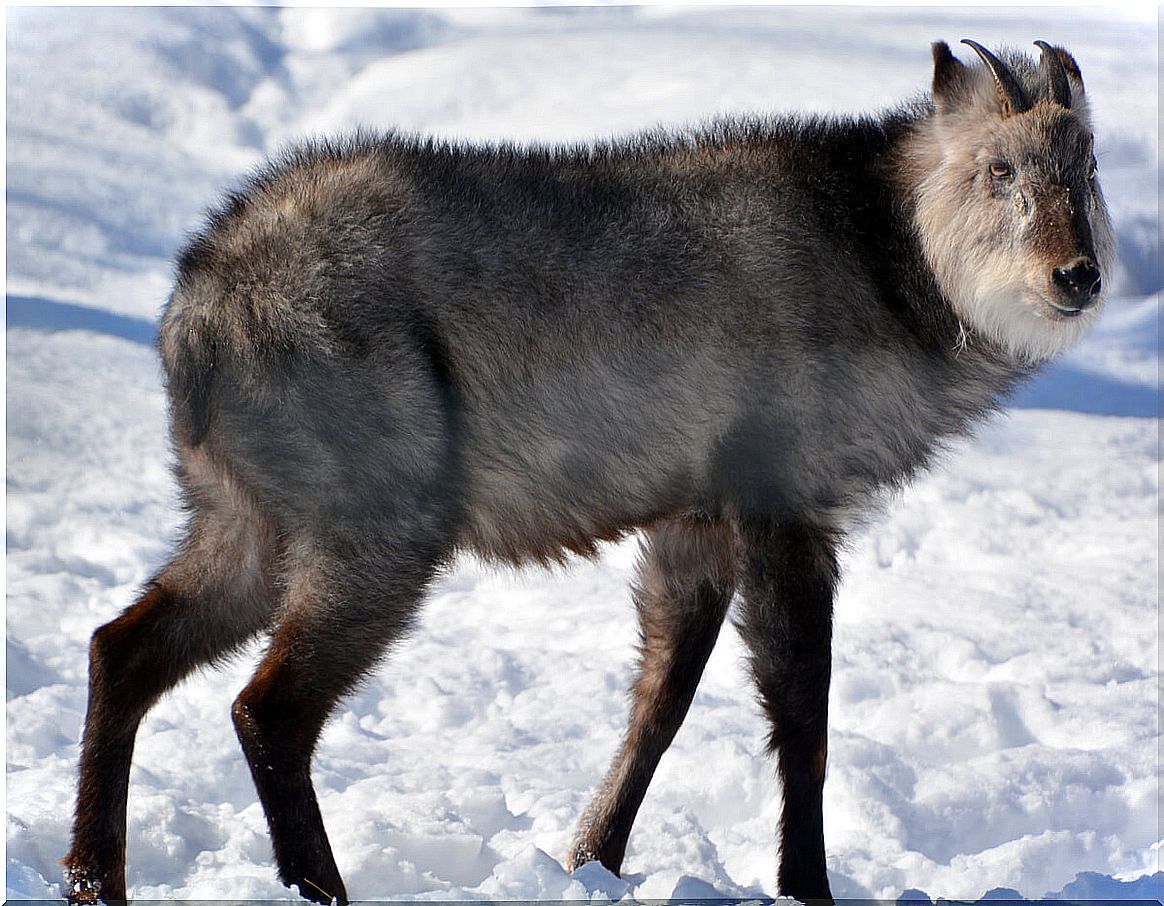
Life after the disaster
To be sure, there is substantial interest in understanding the ecological impacts of accidents at the Chernobyl and Fukushima Daiichi nuclear power plants.
Until now, population-level data for large mammals has been limited. For this reason, there is still much speculation about the status of wildlife species in these areas.
To be fair, in the report we cited the researchers did not examine the health status of individual species. But if these animals are suffering the harmful effects of radiation, it does not show at the population level, nor does it appear to affect their long-term abundance.

